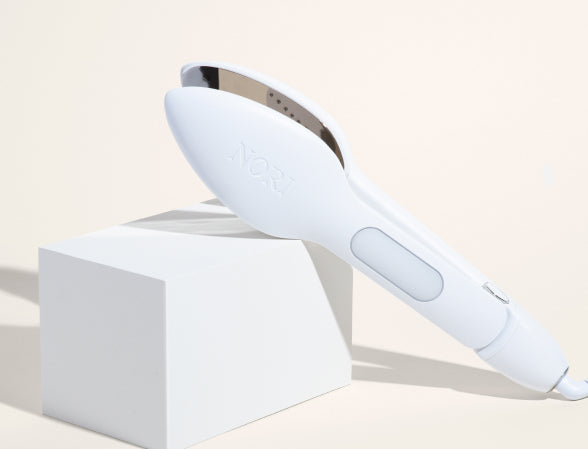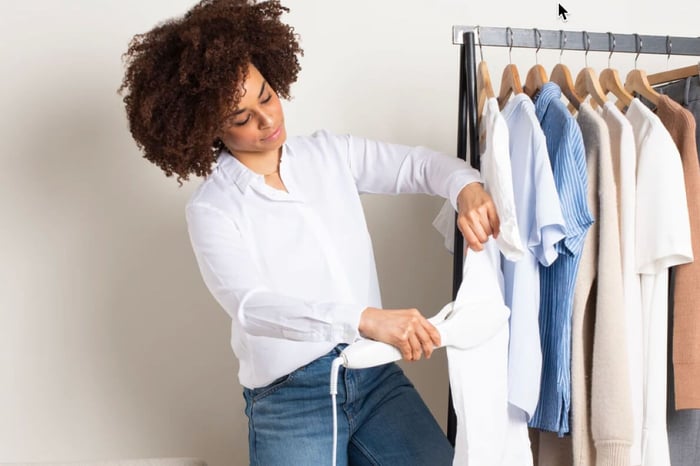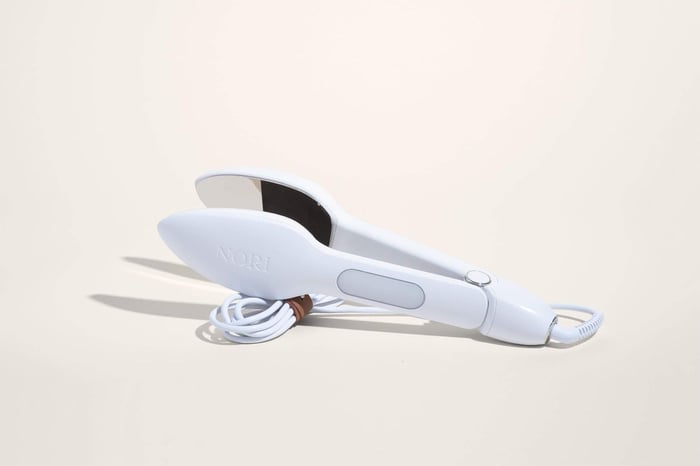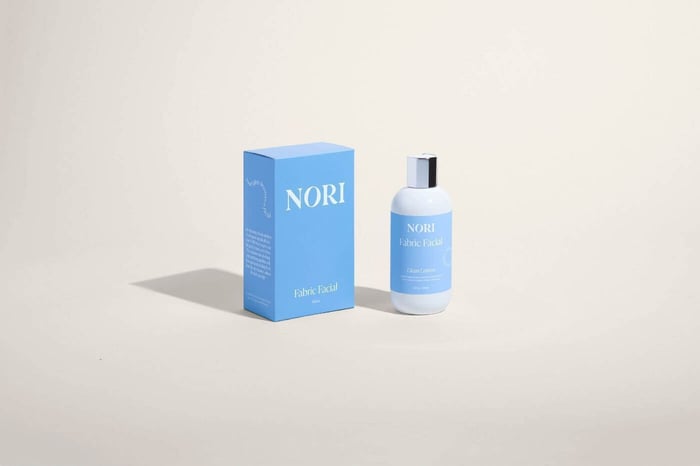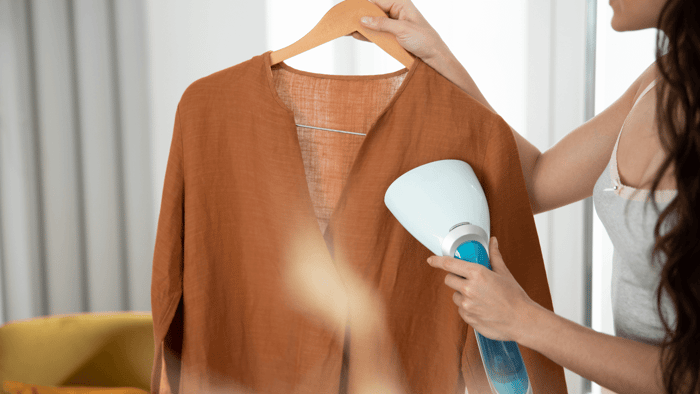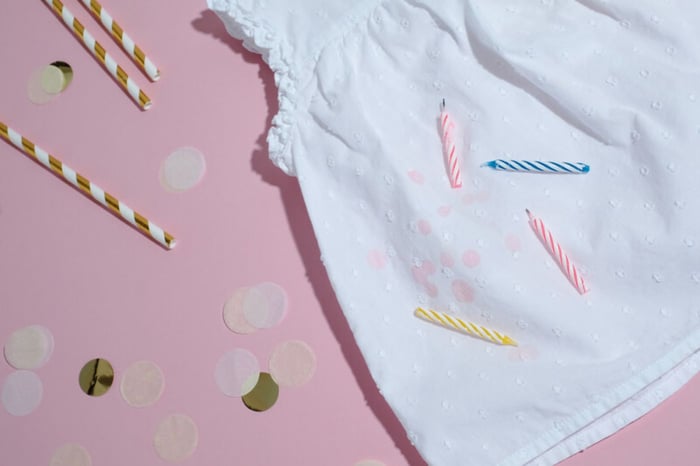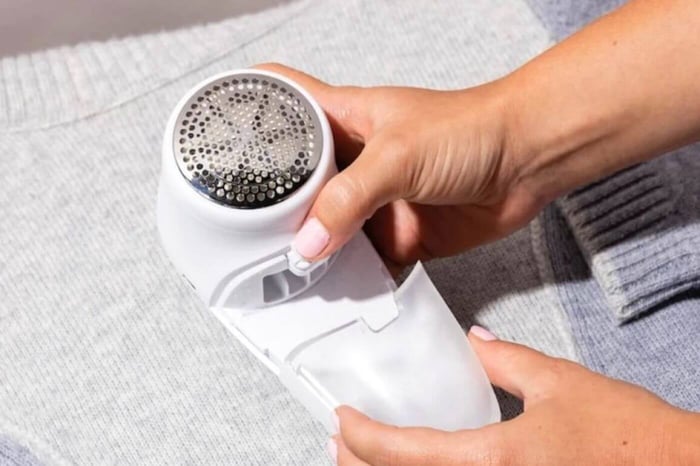
Have you ever wondered about the differences between dry iron vs steam iron? We know we can’t be alone in pondering this. How much does each style cost, and what sort of special features can they offer?
If you have wondered about the different types of irons and which type of iron is better, the answer may not be as easy to smooth out as you may think. This ongoing debate of dry iron vs steam iron has many factors that play into it.
It’s important to note that dry iron vs steam iron each have their own respective purposes, functions, and areas in which they shine. In this article, we’ll discuss some of the similarities, differences, and price ranges of each type of iron, including the Nori Press, as well as what you may want to look for when shopping for a new one.
Use discount code “SHOP10” at checkout to save 10% on The Nori Press!
Design Differences Between Dry Iron vs Steam Iron
Let’s start with going over the differences in the physical design of a dry iron versus a steam iron. A dry iron emits no steam and has a smooth surface on its “soleplate” (the metal plate that heats up).
Steam irons generate steam by heating water stored in their water tank. A steam iron can create steam and, therefore, will need to have several small steam holes on its soleplate. This also means that dry irons do not have a water tank because they don’t require any liquid to make steam. Steam irons have a water tank and can, in some cases, even have a spray or mist button that is connected to the tank.
Early iron designs, when they were first invented in the late 1800s, were dry irons because they did not offer any steaming function. They were clunky appliances that simply heated up when powered on. These could weigh up to fifteen pounds and were sometimes even powered by gas. Let’s just say, thank god for modern technology!
Dry Iron Overview
Today, you may not come across many dry irons since they are becoming less common. Dry irons use dry heat to remove wrinkles from fabrics. This is largely because a dry iron offers fewer functions and less versatility. However, this does not necessarily mean that there is not a time and place where a dry iron can be the appropriate choice. Like anything else, a dry iron has a list of comparable pros and cons.
Dry irons today are mostly found in professional or industrial settings. There are a few reasons for this.
Dry irons can be used on a wider variety of fabrics than steam irons can, making them a popular choice for any professional services that offer ironing. Dry irons are suitable for professional use because they won’t leave any water stains that sometimes get left from the soleplate of a steam iron.
The cons of dry irons are mostly their limited functionality in comparison to most steam irons. Aside from their ability to work with a wide range of fabrics, they usually only simply turn “off” and “on.” Additionally, they are often a heavier iron than the more modern steam irons, thus not as portable.
Steam Iron Overview
Steam irons are the most common style of clothing iron used today. They feature a water tank that is typically filled with tap or distilled water in order to produce steam. The steam emits out of a series of holes along the soleplate. Some steam iron models also have a mist or spray function in which water from the tank is able to be spritzed directly onto the garment through a small tube for those extra tough wrinkles.
Steam irons are arguably more efficient and better at fighting wrinkles than a dry iron, due to the iron's steam breaking down the hydrogen bonds that are formed in stubborn wrinkles. They typically require less passes over wrinkles than their dry iron counterpart. Dry irons users will have to keep a separate spray bottle of water nearby if they want to unlock any kind of benefit similar to that of a steam iron’s steam on deep wrinkles.
When it comes to the cons of the steam iron, the main one may be that they are not suitable for certain types of delicate fabrics that are sensitive to water. Steam irons can easily leak or leave spurts of watermarks on items of clothing if they are tilted at too harsh of an angle. While this may not be a deal-breaker, it certainly can be an inconvenience when you’re in a rush. However, steam ironing can cause shrinkage in certain fabrics, such as wool, cashmere, and polyester.
Iron and Steamer All in One
The steam iron’s best aspect is that modern models are designed to function as a combination of all types of irons and steamers in one appliance—a steam iron, a stand-alone steamer, and a dry iron. The steam iron's ability to produce steam significantly speeds up the ironing process. If you have a steam iron, like the Nori Press, and find yourself with a sensitive fabric like silk, simply empty the water tank, and you’ve instantly turned your steam iron into a dry one that’s ready for the occasion!
Steam iron is a clear winner in terms of versatility. Opt for a model like the Nori Press in which the steam function can be used independently of the heated soleplate, and you’ll be ready to iron any wrinkles anywhere! Your steam iron in steamer-only mode can be used on furniture, drapes, and longer or awkward-shaped clothing items that may be difficult to maneuver around on an ironing board.
Differences in Price for These Irons
Prices of dry irons and steam irons vary greatly by brand, material, and functions offered. Although dry irons are considered to be more “old-fashioned” and harder to find, it is their scarcity that keeps them sitting at a higher price point than you may expect. Models typically range from $50-$80 for dry irons on today’s market. Dry irons will usually be made of heavier materials and offer fewer fancy functions, with simple buttons and dial designs.
Steam irons tend to consume more power than dry irons due to the need to heat water molecules and turn them into steam. Steam irons are very easy to find and therefore have quite the price range—they can sell for anywhere from $10 to $150. Cheaper models offer fewer modes and are made of lower-quality metals and materials. More expensive steam irons offer things like protective coatings, several different modes and setting options, or even retractable power cords.
Another difference you’ll find is that the lower-priced steam irons have simple designs on their facade, while higher-end models usually offer more detailed and easier-to-understand dials (and sometimes even LED screens !).
Use discount code “SHOP10” at checkout to save 10% on The Nori Press!
Material Can Be a Factor in Iron Pricing
Dry irons are usually made out of cast iron, stainless steel, or mixes of various metals. They are known for their longevity and durability. No coating on these metals means they are typically easier to clean as well.
Steam irons come in a variety of metals, most commonly aluminum, stainless steel, and coated ceramic. The material can be a factor in the price of any iron, although it can also be difficult to decipher from the other functions determining the price of the iron as well.
Stainless steel and aluminum give a smoother glide over garments, are easier to clean, and are generally more durable. Ceramic irons, with their special coated finish, may require special cleaning, and the coating will eventually wear off with heavy use.
What's Better at Releasing Wrinkles: Dry or Steam?
When comparing the efficacy of each iron’s wrinkle-fighting ability, there is a clear winner. Steam irons tend to consume more power than a standard iron box when heating up water molecules to turn them into steam. In most cases, the steam iron is going to be more successful at releasing any deep, stubborn wrinkles. Many users of dry irons actually end up keeping a spray bottle on hand for when they come across a particularly tough wrinkle—steam is an unmatched accomplice when it comes to retraining the wrinkles set in their molded ways.
It’s not always just about wrinkles, though. Dry irons have non-wrinkle-related uses, such as smoothly applying patches and appliqués in crafts like quilting, where the water would interfere with the adhesive. It’s important to consider all of the uses you may need your iron for before deciding on your purchase.
The Iron That's the Best of Both Worlds
If you're in the market for a new clothing iron, make sure you opt for one that can offer you the best features of all irons. A bonus to any iron is the ability to be portable and travel-friendly. A product that's easy to take with you and offers the functionality of a steam iron, steamer, and dry iron all in one? That's the Nori Press, the unicorn of irons. We'll take one for us and all of our friends, please!
So, Which is Better?
Dry iron vs steam iron - what to pick? Dry irons and steam irons offer solutions for different situations. They come in a wide price range that is influenced by their material and available functions. Although dry irons are an older and less common style—professionals, quilt makers, and any users looking to work with delicate fabrics may still desire a dry iron as their iron of choice.
Steam irons, like the Nori Press, are the more popular option for the common public, especially today's modern models that offer the versatility of a dry iron, steam iron, and steamer—all in one! For us, this is our pick. Shop the Nori Press today!
SOURCES
